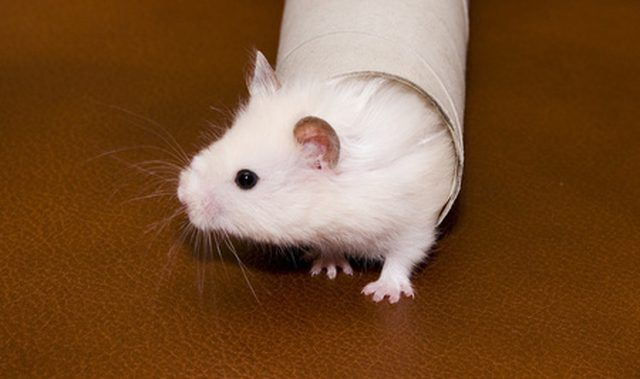Bulbs
Flower Basics
Flower Beds & Specialty Gardens
Flower Garden
Garden Furniture
Garden Gnomes
Garden Seeds
Garden Sheds
Garden Statues
Garden Tools & Supplies
Gardening Basics
Green & Organic
Groundcovers & Vines
Growing Annuals
Growing Basil
Growing Beans
Growing Berries
Growing Blueberries
Growing Cactus
Growing Corn
Growing Cotton
Growing Edibles
Growing Flowers
Growing Garlic
Growing Grapes
Growing Grass
Growing Herbs
Growing Jasmine
Growing Mint
Growing Mushrooms
Orchids
Growing Peanuts
Growing Perennials
Growing Plants
Growing Rosemary
Growing Roses
Growing Strawberries
Growing Sunflowers
Growing Thyme
Growing Tomatoes
Growing Tulips
Growing Vegetables
Herb Basics
Herb Garden
Indoor Growing
Landscaping Basics
Landscaping Patios
Landscaping Plants
Landscaping Shrubs
Landscaping Trees
Landscaping Walks & Pathways
Lawn Basics
Lawn Maintenance
Lawn Mowers
Lawn Ornaments
Lawn Planting
Lawn Tools
Outdoor Growing
Overall Landscape Planning
Pests, Weeds & Problems
Plant Basics
Rock Garden
Rose Garden
Shrubs
Soil
Specialty Gardens
Trees
Vegetable Garden
Yard Maintenance
Overview of Noise as a Mouse Repellent
Overview of Noise as a Mouse Repellent. Ultrasonic repellent devices have been marketed for decades as a control for rodents pests such as mice. These devices produce high frequency (15 to 19 kilohertz) or ultrasonic (above 19 kilohertz) sound waves in an effort to repel rodents. Theories on how they work range from causing fear, disorientation and...

Ultrasonic repellent devices have been marketed for decades as a control for rodents pests such as mice. These devices produce high frequency (15 to 19 kilohertz) or ultrasonic (above 19 kilohertz) sound waves in an effort to repel rodents. Theories on how they work range from causing fear, disorientation and physical pain to mimicking alarm signals.
Effects of Sound
According to a 1984 study done at the University of Nebraska, extremely loud sounds (120 to 150 decibels) can cause seizures and even death in laboratory mice. However, noise at this level is also damaging to human ears and cannot be used in repelling mice. Noise repellents use higher frequencies than humans can hear in attempts to repel mice. Sound also dissipates rapidly away from its source. Noise two feet away from a source is only one-quarter the strength of the noise one foot away from the source. At four feet, the sound is only one-sixteenth as strong.
Wild vs. Laboratory Mice
Tests in laboratory species such as mice and rats have shown that noise is a more effective repellent of laboratory animals than wild animals. Wild Norway rats, for instance, are only temporarily repelled by ultrasonic devices, as reported in the 1984 study at the University of Nebraska. They eventually overcome their fear or apprehension of the repellent and go about their normal business.

Habituation
Habituation is a psychology term that refers to an organism "getting used to" something and overcoming fear or apprehension. This seems to occur when ultrasonic repellent devices are used to repel mice under normal conditions. The initial use of the device is usually successful in displacing mice, but, as they get used to the noise, they overcome their fear of it and may re-inhabit areas that were previously abandoned.
Frequency Thresholds
Humans can hear sound at frequencies up to about 23,000 Hz (Hertz). Louisiana State University researchers report that mice and rats are sensitive to sound up to 60,000 and to about 76,000 Hz, respectively. However, common house pets such as cats and dogs can also hear ultrasonic frequencies. Cats can perceive sound up to about 64,000 Hz, and dogs perceive sounds up to 45,000 Hz. You should consider not using noise as a repellent for mice if you have pets.

Ultrasound Effects
Discovery News reports that mice communicate with high frequency sounds beyond the range of human hearing. Ultrasonic repellents may work by disrupting the ability of mice to communicate by drowning out their sounds. Male mice sing ultrasonic mating songs, and ultrasonic devices might interfere with the reproduction of mice. Mice also communicate distress or alarm calls ultrasonically. Mice subjected to ultrasonic repellent devices may interpret the sound as a distress or alarm call and leave the area.
